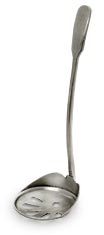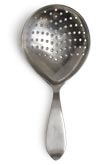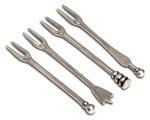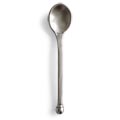
La Masă
> Lingurițe & Furculițe de Cocktail
Lingurițe & Furculițe de Cocktail
- Cositor · Oțel inoxidabil
O colecție rafinată de lingurițe și furculițe mici din cositor, ideale pentru ceai, deserturi, cafea, sosuri și aperitive.

|
|
Lingurita de cafea
cm Ø4,5 h 11 15192 - IN STOCK |

|
|
Lingurita de cafea
cm 15 10340 - IN STOCK |

|
|
Lingurita de cafea espresso
cm 11,5 10342 - IN STOCK |

|
|
Furculita de cocktail
cm 12,5 13960 - IN STOCK |

|
|
Lingurita de cafea
cm 14,5 36030 - IN STOCK |

|
|
Lingurita de cafea espresso
cm 10 36060 - IN STOCK |

|
|
Lingurita de cafea
cm 15 13140 - IN STOCK |

|
|
Lingurita de cafea espresso
cm 11,5 13142 - IN STOCK |

|
|
Lingurita de cafea
cm 16 11440 - IN STOCK |

|
|
Lingurita de cafea espresso
cm 12 11442 - IN STOCK |

|
|
Lingurita de cafea
cm 15 38230 - IN STOCK |

|
|
Lingurita de cafea espresso
cm 10.5 38330 - IN STOCK |

|
|
Lingura pentru gheata
cm 23.5 38400 - IN STOCK |

|
|
Lingurita de cafea
cm 15 37030 - IN STOCK |

|
|
Lingurita de cafea espresso
cm 10 37130 - IN STOCK |

|
|
Lingura pentru cocteil
cm 34,5 11940 - IN STOCK |

|
|
Strecuratoare cocktail
' JULEP ' cm 7,5 x 16,5 13800 - IN STOCK |

|
|
Lingura pentru gheata
cm 21 8532 - IN STOCK |

|
|
Furculita (4 pcs)
cm 11,5 13420 - IN STOCK |

|
|
Lingura pentru cocteil
cm 21,5 5975 - IN STOCK |

|
|
Lingura pentru cocteil
cm 27 37380 - IN STOCK |


























